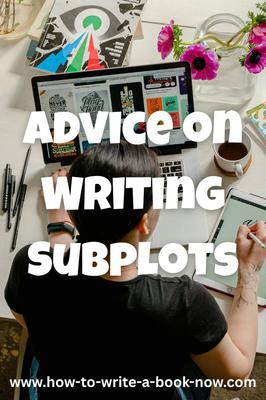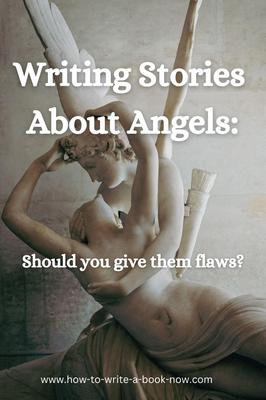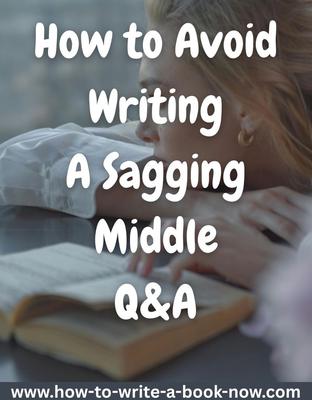Detailed Outline
by Adam Fernandes
(South Easton,MA, USA)
Question: I have been planing my novel since January 1. Your site has been a goldmine of support! Now that I am ready to outline my book, I need more help. I have gotten to the outlining stage and have a quick question regarding Stage 6 of that section. How would you turn signposts into sequences? That is my issue. Thank you for your site!
Answer: You can think of a throughline as the story of one big event, a change in the world, the main character, the impact character, or the relationship between the two. This event is divided into a series of stages. In a four-act story, the stages would be...
1. Setup - the initial state of affairs.
2. Complications - things happen that force the process of change.
3. Crisis - the moment when a choice must be made (either to change or reaffirm the status quo).
4. Resolution - what things are like as a result of the choice
You can also think of these stages as...
1. Potential for trouble.
2. Resistance or revelation.
3. Conflict.
4. Resolution.
Or...
1. Situation (where it begins).
2. Activity (what happens).
3. Moment of Change.
4. New state of affairs.
...or any other set of terms that works for you.
Each of these stages, or signposts is also an event (a change), and can also be broken down into it's own sequence of smaller events. Just ask yourself....
1. What are things like to start with?
2. What happens to force the process of change?
3. What is the moment when the choice must be made?
4. What are things like after the choice. (In most cases, the resolution will lead into the next signpost/change.)
In each case, you will write an event that illustrates these stages. So you will have...
1. An event that illustrates how things are at the start.
2. An event that shows a new force that pressures things to change.
3. An event that shows the decisive choice.
4. An event that shows how things are now.
For example (I'm drawing on an old episode of The Dick van Dyck show here), let's suppose you have a story about a new mother who overcomes her anxiety about motherhood.
You might tell the story as follows...
1. Setup: we see the mother, having just brought the baby home from
2. Complication: The mother finds circumstantial evidence that convinces her that her baby was switched with another one in the maternity ward and that's why she doesn't feel bonded.
3. Crisis: The mother makes her husband contact the parents of the other baby and bring their baby over to make a switch. When they arrive, it turns out the other family is of a different racial background so it's quite obvious that the babies were not switched.
4. Resolution: the mother gives up her doubt and realizes she just needs to let the bond develop over time through the process of caring for her baby.
This sequence could be just the first signpost in a larger story about raising the child.
You might check out this article that talks about this technique more...
https://www.how-to-write-a-book-now.com/signposts1.html
Bear in mind that you don't have to give each sequence four events. Some writers prefer a 3-part structure, which would look like...
1. Setup.
2. Conflict/Confrontation.
3. Resolution.
Some use a 5-part structure (ala Shakespeare)...
1. Setup (or exposition).
2. Rising action.
3. Crisis.
4. Falling action or unraveling.
5. Resolution, outcome, or denouement.
And it's also possible to have sequences of 6 or 8 events. You have to decide what events you need to illustrate the change that is the signpost.
As well, any event in any sequence, on any level, can be subdivided into its own sequence of events. You have to follow your own instincts regarding how much detail/space you use to develop a given event.
Finally, not every writer prefers to turn signposts into sequences. Sometimes signposts are just single events in the story. The space between the signposts is then filled with events or passages that illustrate thematic issues or explore characters, but are largely unconnected to any throughline. How much space you devote to these depends whether you are writing a plot-driven, theme-driven, or character-driven novel. You may also have transition events that are designed to set the stage for the next signpost.
Incidentally, it's also possible to have a genre-driven story, where most of time/space is devoted to elements of the genre. For instance, if you write a musical stage play, you might have long dance sequences that are highly entertaining, but don't advance the story much.
- Home
- Writing Questions
- Detailed Outline















